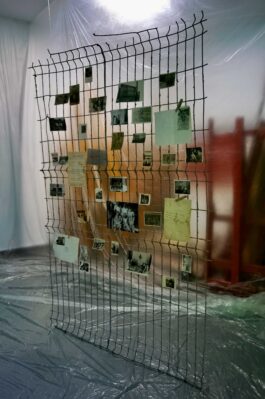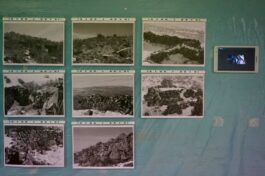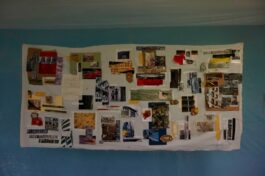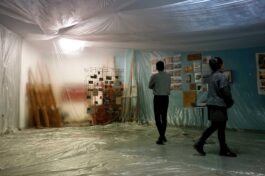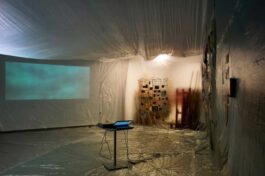
"Unconstructed", 2019, Space Installation, Hacettepe University, Ankara
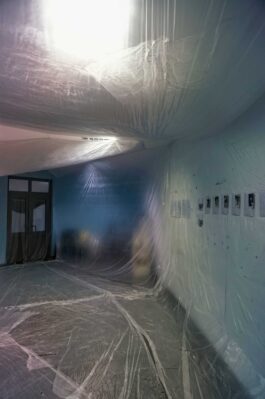
Cities are losing their aging face by creative destruction, replacing them with new, more profitable ones. This space manipulation, which includes many art practices, reflects the destruction of the urban memory in the rapid transformation of the physical environment in which daily life passes and the projection created by this transformation on the people of the city. In the urban-memory relationship; the validity of art practices, which is a method of documenting memory spaces and the city, is questioned. It looks for the question of what happens to the city and people in the face of an environment where the past cannot accumulate, in the layers of social, cultural and urban memory.
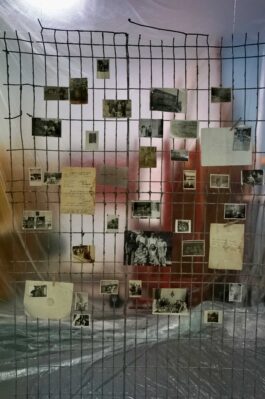
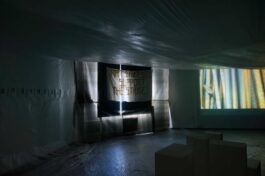
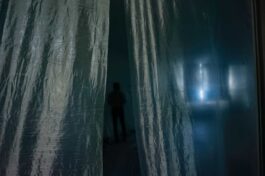
With the installations, collages and video works exhibited in the space established in the construction state order, the processes in the production of the perceived, designed and lived space in all of today's cities are discussed with their social ties. The change of social, cultural and spatial daily life practices is traced through contemporary art practices. While this study questions the role of art in the city-memory relationship, it approaches today's art practices as a recording tool of different moments and memories of the city, an experience that triggers and documents memory.
